Fats, Oils, & Grease: Commercial Kitchens
Seattle Municipal Code lists fats, oils, and grease (FOG) as a prohibited discharge. This includes dairy products, sauces, salad dressings, residual fats on used dishes, as well as oil used for deep frying. To minimize the amount of FOG entering the sewer system, restaurants and commercial kitchens are required to install and maintain a grease interceptor. Implementing kitchen Best Management Practices (BMPs) reduces costly sewage backups or overflows into your business and the environment.
Watch our video series, Managing Fats, Oils, and Grease in Commercial Kitchens, to learn more:
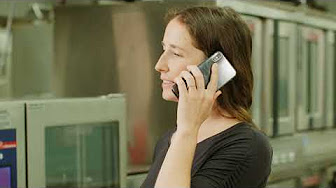 Why FOG Compliance is Important |
 FOG BMPs and Kitchen Tips |
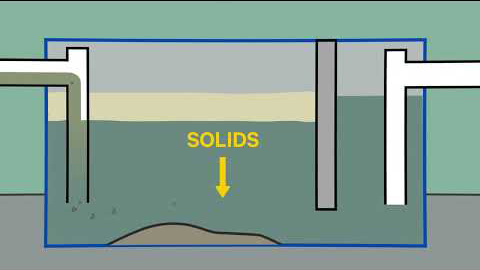 How Grease Interceptors Work |
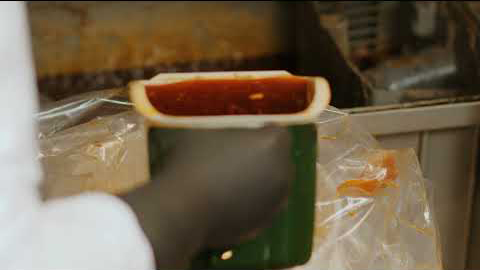 How to Clean a Grease Interceptor |
About grease interceptors
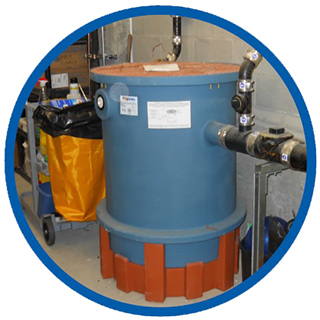
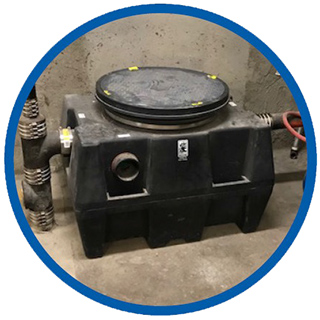
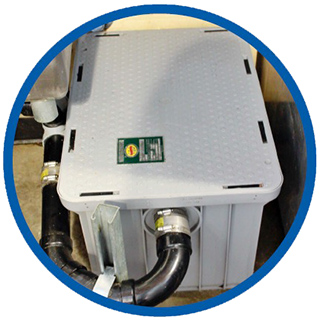
Grease interceptors keep FOG from entering sewer pipes. They can be located inside or outside of your commercial kitchen. They hold wastewater long enough for grease in the water to cool, solidify and separate. Once the grease separates, it can be removed using the manufacturer’s guidelines and disposed of properly. To learn more, watch How Grease Interceptors Work.
Grease interceptor requirements
Any business with commercial kitchen plumbing fixtures and a King County Food Business Permit is required to install a grease interceptor. Even small food service providers like delis, coffee and ice cream shops, pizza parlors, and caterers need one. After it is installed, the grease interceptor needs to be cleaned regularly to meet the requirements of the City's code. To learn more, watch Why FOG Compliance is Important.
Resources for businesses
Learn more about grease interceptors below.
- Download a best management practices poster for your kitchen (PDF).
- Download a flyer for restaurant owners or managers (PDF).
- Download a step-by-step How to Clean a Grease Interceptor poster (PDF - English, Español, Tiếng Việt, 中文).
- Use a Maintenance Log (PDF) to track how you maintain your grease interceptor.
- Find a FOG Service Provider (PDF).
Additional information
What if I don't install a grease interceptor?
Any restaurant or commercial kitchen that is found to be out of compliance with Seattle Municipal Code may be subject to fines and enforcement. In addition to fines, the business owner may be required to pay for any costs incurred by the City relating to damage caused by the discharge of grease laden wastewater to the City's sanitary sewer collection system.
What if I have a backup?
If you have a backup into your business, you should immediately close and contact Seattle-King County Public Health for further direction.
How often should I clean my grease interceptor?
Businesses must clean their grease interceptors per the manufacturer’s specifications. If specifications are not available, no more than 25 percent of an interceptor should contain food or FOG buildup. If too much food or FOG builds up, it will not work properly. Each business can decide on a cleaning schedule based on the rate of build-up. Some will need to clean more often than others. Best Management Practices (BMPs), like scraping dishes before washing, will reduce the frequency of needing to clean the interceptor. To learn more, watch FOG BMPs and Kitchen Tips here.
How do I clean my grease interceptor?
Many businesses use service providers to clean their grease interceptors. If you choose to maintain your own grease interceptor, learn How to Clean a Grease Interceptor here. There are few different ways to clean a grease interceptor yourself, depending on the size, location, and type of grease interceptor. By following a weekly grease interceptor maintenance schedule, your establishment will run safely and efficiently at all times.
Plan to clean your grease interceptor at the end of the day and when all items have been cleaned or early in the morning before you start your opening procedures. There can be strong odors associated with cleaning your grease interceptor, so setting up fans or turning on ventilation before you get started is highly recommended. Download, print, and hang this step-by-step How To Clean a Grease Interceptor poster (PDF - also available in Español, Tiếng Việt, and 中文).
- Remove the lid from the grease interceptor. Remove it slowly and gently, so you don't damage the gaskets on the lid.
- Remove the water from your grease interceptor, either with a bucket or a small pump. Set this water aside to use later.
- Scoop out the grease from your interceptor into a trash bag using another bucket lined with a plastic trash bag, a shovel, or other heavy-duty scooper.
- Scrape the bottom, sides, and lid to remove any excess grease. This will help prevent quick buildups from debris knocked loose but not yet removed.
- Scrub the inside of your interceptor and rinse the screens.
- Pour the water from Step 2 back into your grease interceptor.
- Properly reinstall any removed parts and replace the lid.
- Add shop absorbent or kitty litter to the bag containing the grease and food solids removed from the interceptor to soak up any excess liquid.
- Tie the bag securely closed and place it into your garbage dumpster.
Which Seattle Municipal Codes make grease interceptors required?
Fats, oils, and grease are prohibited discharges.
- Seattle Municipal Code prohibits the discharge of wastewater containing more than 100 parts per million by weight of fats, oil, or grease (SMC 21.16.300 A. 2).
- A business is in violation if there is visual evidence of grease build-up originating from their private sewer line (SMC 21.16.300 B).
- Food service businesses must install and maintain grease interceptors (SMC 21.16.310 A).
- Businesses must clean their grease interceptors when they are more than 25 percent full of grease and food waste (SMC 21.16.310 B).
- Businesses cannot use emulsifying agents, enzymes, bio-additives, or similar chemicals in their grease interceptors (SMC 21.16.310 D).
- Businesses must pay penalties for non-compliance. Fees range from $250 to $5,000.